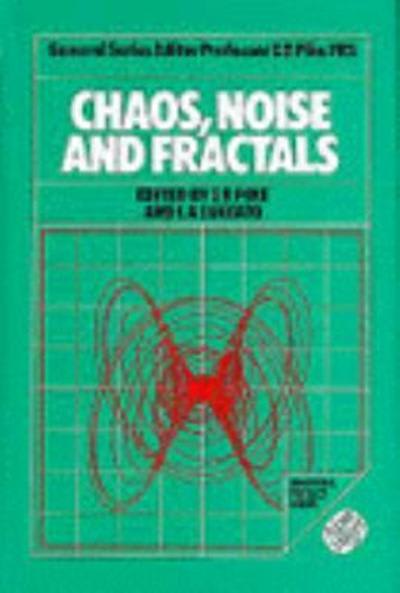Question
Researchers Hupfl et al. (The Lancet, 2010) combined the results from three randomized experiments to investigate whether giving chest-compression-only (CC) instructions rather than standard cardiopulmonary
Researchers Hupfl et al. (The Lancet, 2010) combined the results from three randomized experiments to investigate whether giving chest-compression-only (CC) instructions rather than standard cardiopulmonary resuscitation (CPR) instructions to the witness of a heart attack will improve the victim's chance of surviving. In each experiment, the emergency services dispatcher randomly assigned either CC or CPR instructions to the bystander who was at the site where a person had just experienced a heart attack. They found that of the 1452 cases where CC instructions had been given, 228 people had survived, whereas out of the 1601 cases where standard CPR instructions had been given, the number was 188.
State the appropriate null and alternative hypotheses in words.
A. Null: The probability of surviving a heart attack if given chest compression only is the same as the probability of surviving a heart attack if given CPR.Alternative: The probability of surviving a heart attack if given chest compression only is less than the probability of surviving a heart attack if given CPR.
B. Null: The probability of surviving a heart attack if given chest compression only is greater than the probability of surviving a heart attack if given CPR.Alternative: The probability of surviving a heart attack if given chest compression only is the same as the probability of surviving a heart attack if given CPR.
C. Null: The probability of surviving a heart attack if given chest compression only is the same as the probability of surviving a heart attack if given CPR.Alternative: The probability of surviving a heart attack if given chest compression only is greater than the probability of surviving a heart attack if given CPR.
D. Null: The probability of surviving a heart attack if given chest compression only is less than the probability of surviving a heart attack if given CPR.Alternative: The probability of surviving a heart attack if given chest compression only is the same as the probability of surviving a heart attack if given CPR.
Can theory-based methods be used to test the hypotheses you stated? Why or why not?
A. We can use the theory-based approach to test the hypotheses because fewer than 10 people died and 10 people survived in each group.
B. We can use the theory-based approach to test the hypotheses because at least 10 people died and 10 people survived in each group.
C. We cannot use the theory-based approach to test the hypotheses because fewer than 10 people died and 10 people survived in each group
D. We cannot use the theory-based approach to test the hypotheses because at least 10 people died and 10 people survived in each group
Use an appropriate applet to find a theory-based p-value to test your hypotheses. Report the standardized statistic as well as the p-value. Round standardized statistic to 2 decimal places, e.g. 0.83 and p-value to 4 decimal places, e.g. 0.0083.
Use an appropriate applet to find a theory-based 95% confidence interval and interpret the resulting interval in the context of the study. Round your answers to 4 decimal places, e.g. 0.0083.
Step by Step Solution
There are 3 Steps involved in it
Step: 1

Get Instant Access to Expert-Tailored Solutions
See step-by-step solutions with expert insights and AI powered tools for academic success
Step: 2

Step: 3

Ace Your Homework with AI
Get the answers you need in no time with our AI-driven, step-by-step assistance
Get Started


